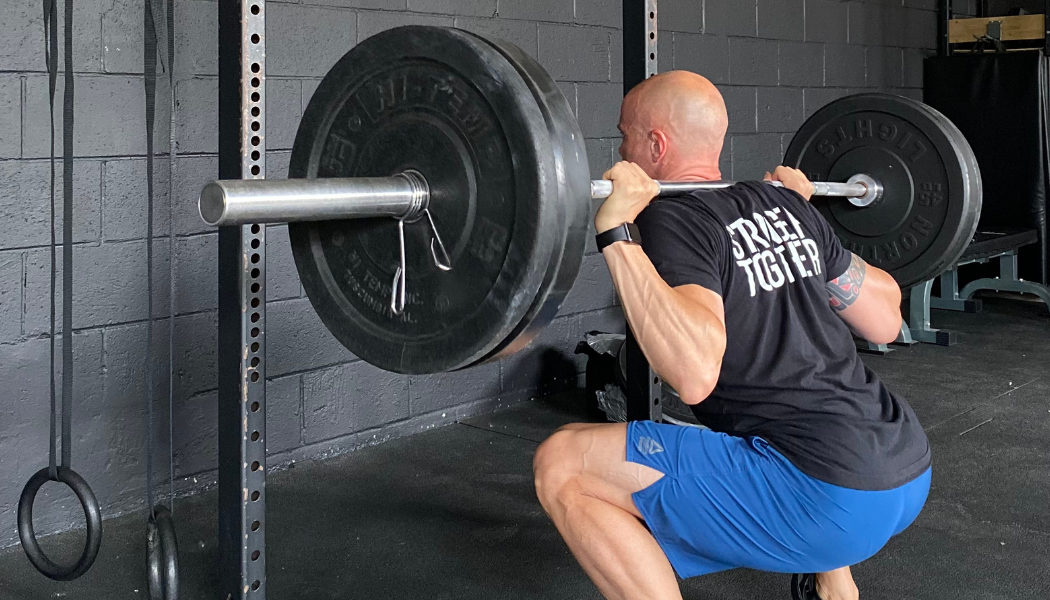Strength After 40

Can you build strength after 40?
Absolutely!
Many people think that we get weaker as we get older. And it’s true that we’ll all experience some physical decline as we age.
But it’s a fact that strength can be improved at any age, and older adults who train regularly can become incredibly strong. With continued training, they can hold much of that strength very late in life.
Think of it like this: If you don’t use it, you’ll lose it. And you certainly won’t improve it.
People who are sedentary will start weak and become ever weaker if they don’t train as they age. Similarly, an active person who stops training will grow weaker quickly and then gradually become weaker as years pass.
The flip side is amazing:
Inactive people who start working out at any age become stronger—often quite quickly at first. As people continue to train, they’ll gradually gain more strength. If they continue working out over their entire lives, they’ll become very strong, and they’ll lose strength due to advanced age at a much slower rate. These people retain their capabilities later in life even as inactive people around them lose their independence!
We’ve seen people well over 70 gain strength and dramatically improve function, so if you’re over 40, it’s definitely not too late to start.
Strength Training Over 40: Three Secrets
Here are three tips for gaining strength after 40 (you aren’t “over the hill”):
1. You have to work out consistently.
Building strength is about momentum. If you train 2-4 times a week and do the right stuff (see below), you’ll get stronger and stronger. But you can’t work out for a month and then take a month off. If you do, you’ll lose your progress.
2. You have to do the right things the right way at the right times.
Strength training is a balance of stress and recovery, and you can definitely do too much or too little. Similarly, doing the same things over and over will blunt their effect. You need some variety and something called “progressive overload” to ensure you always make progress. And then you need to make sure you do the movements properly. Don’t stress about all this—our professional coaches take care of everything for you!
3. Nutrition is important.
You can’t drive a vehicle without fuel, and your body won’t become stronger without the right food. Protein is important, and so are vitamins and minerals. Carbs and fats figure into the equation, too. Again, we’re experts and we can tell you how to optimize your nutrition so you get strong!
Let’s Start Lifting Together!
Remember, It’s never too late to start working out.
Here’s the best part of all: People who start working out usually notice changes in strength fast. As the body “wakes up” and connects the brain to the muscles that are already there, people get stronger very quickly.
Later, with great training and nutrition, people generally notice a few more changes. Their clothes start to fit differently, movement becomes easier and more fun, and they usually add a little bit of muscle.
Don’t worry about “getting bulky.” That just doesn’t happen. If you gain muscle, it will happen slowly, and you’ll look “fit” rather than “bulky.” You don’t have to be big to be strong.We’d love to help you accomplish your goals.
We specialize in building strength in people over 40, and we’ll tell you exactly how we can help you do it in a free consultation.
You came here to find out if you can get stronger after 40. Now you know that you can. You just have to start training.
Don’t waste another day—book a consultation with us today and let’s get started!
The post Strength After 40 appeared first on CollectiveFit.
More Posts





